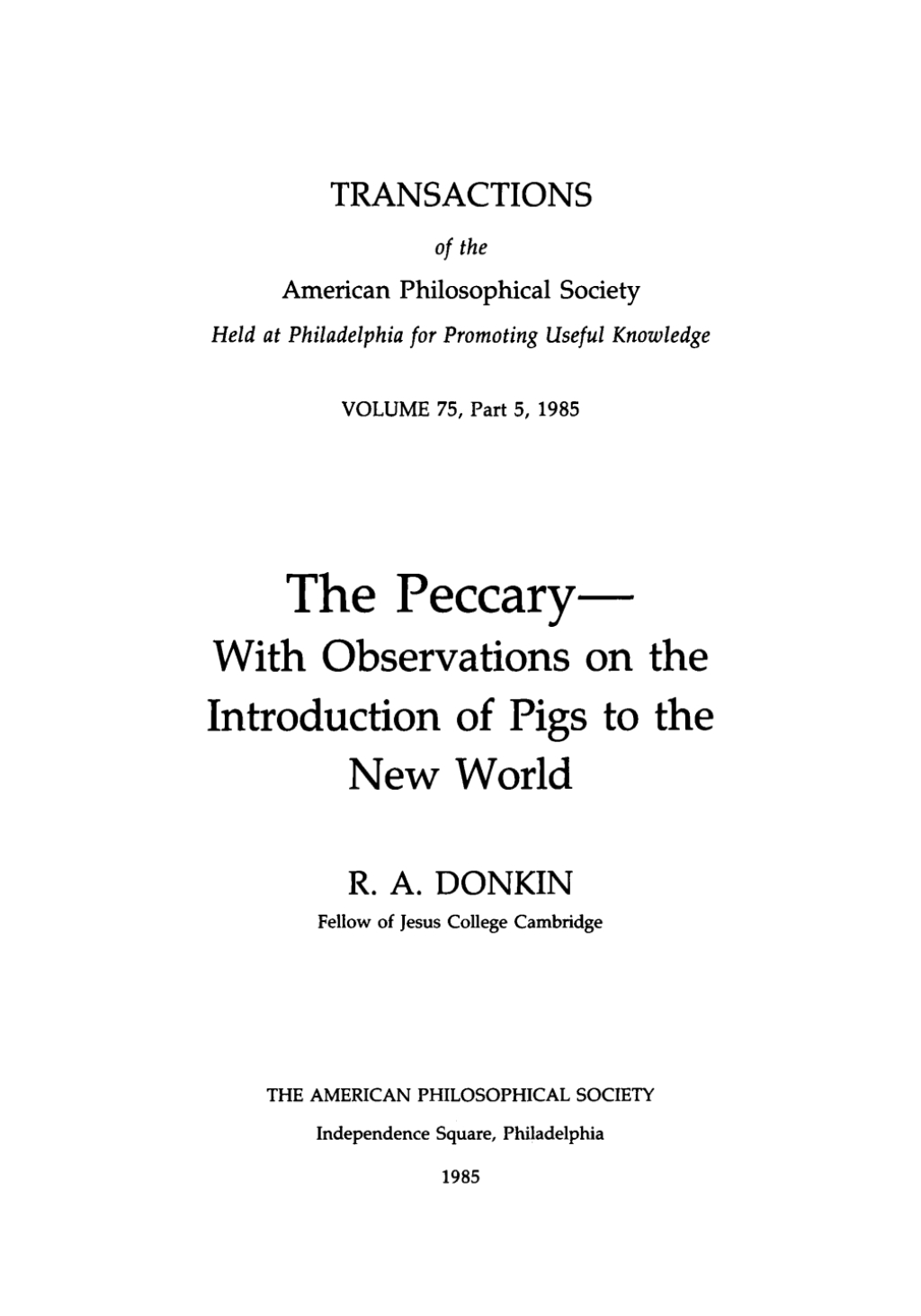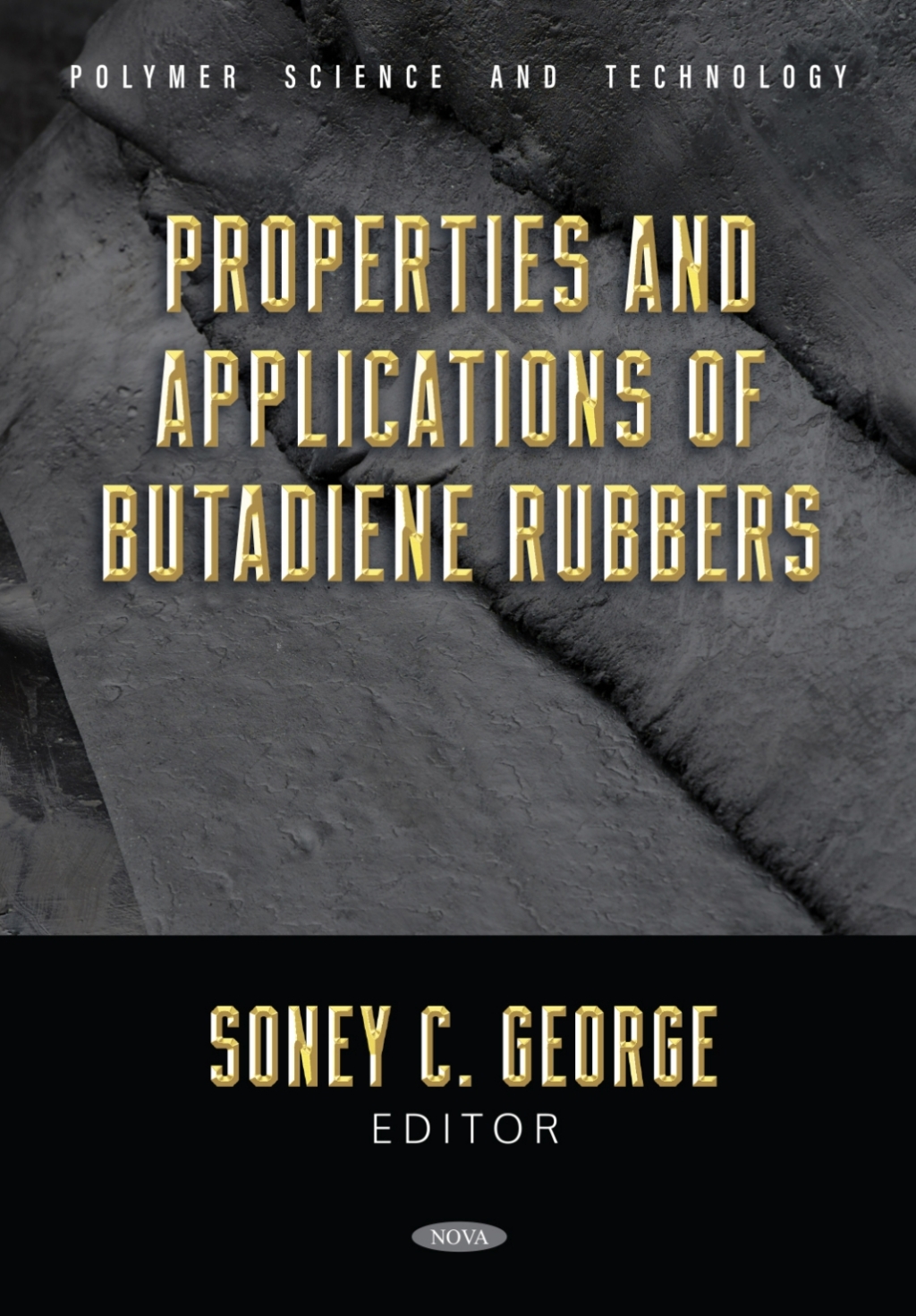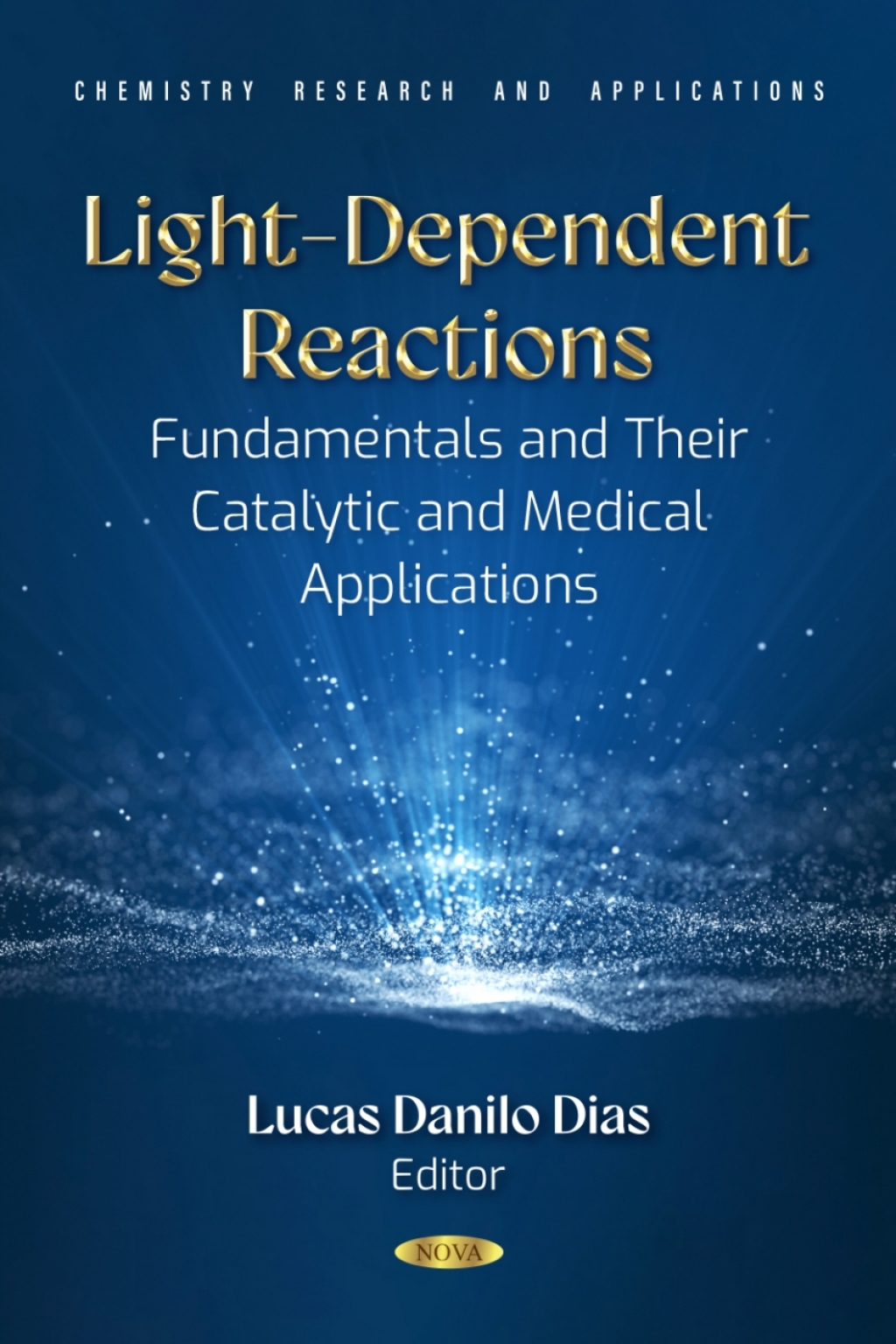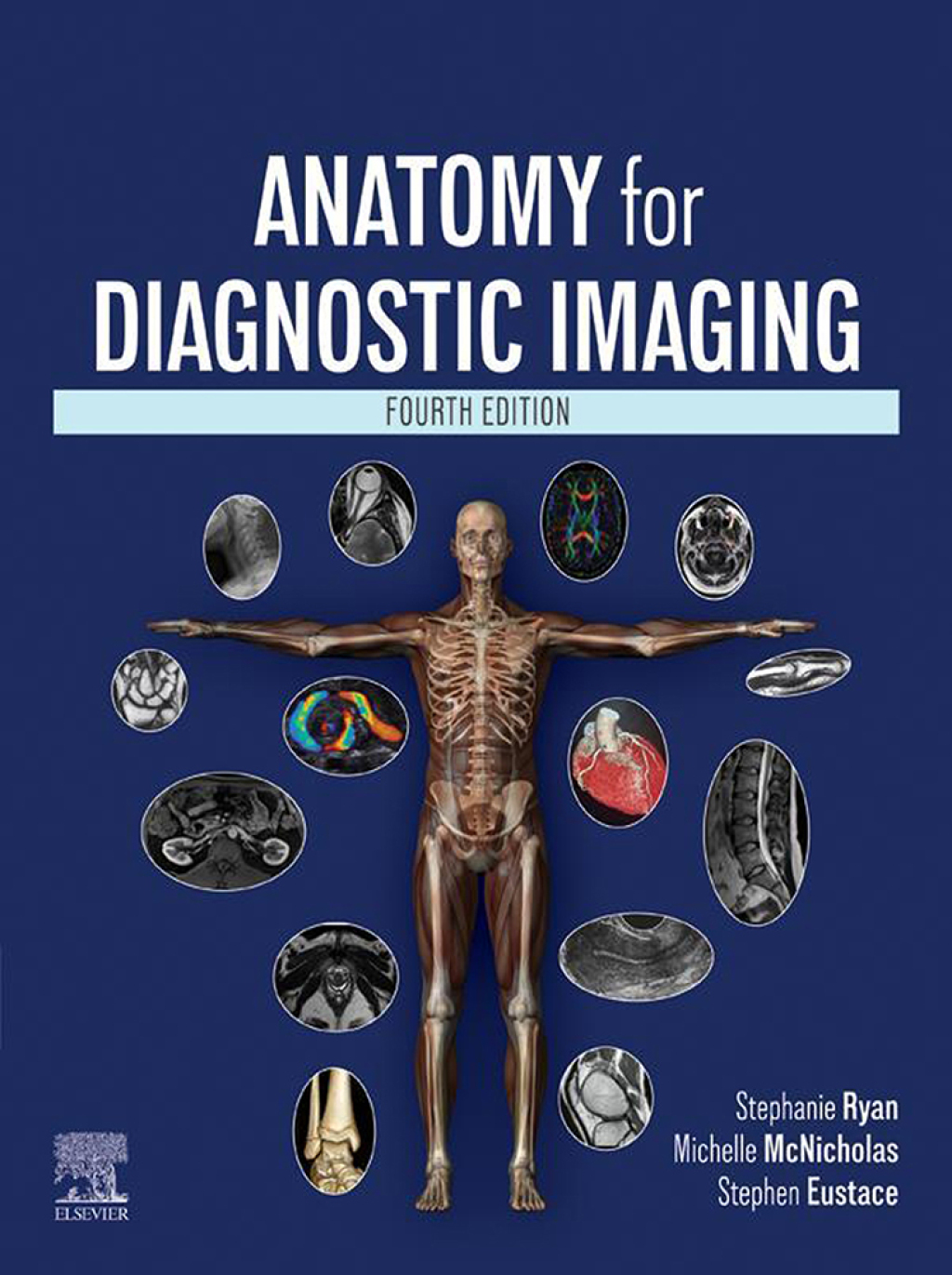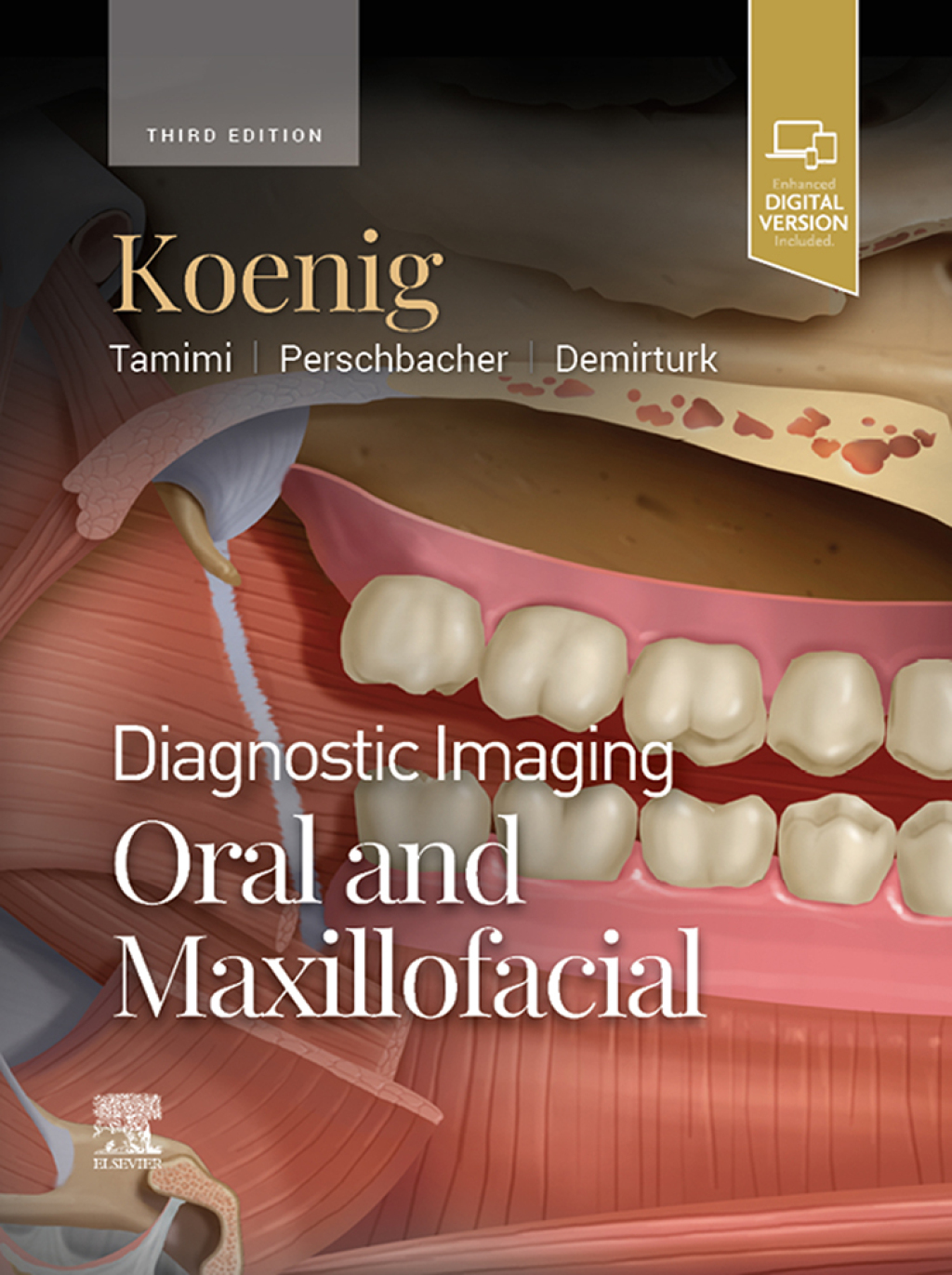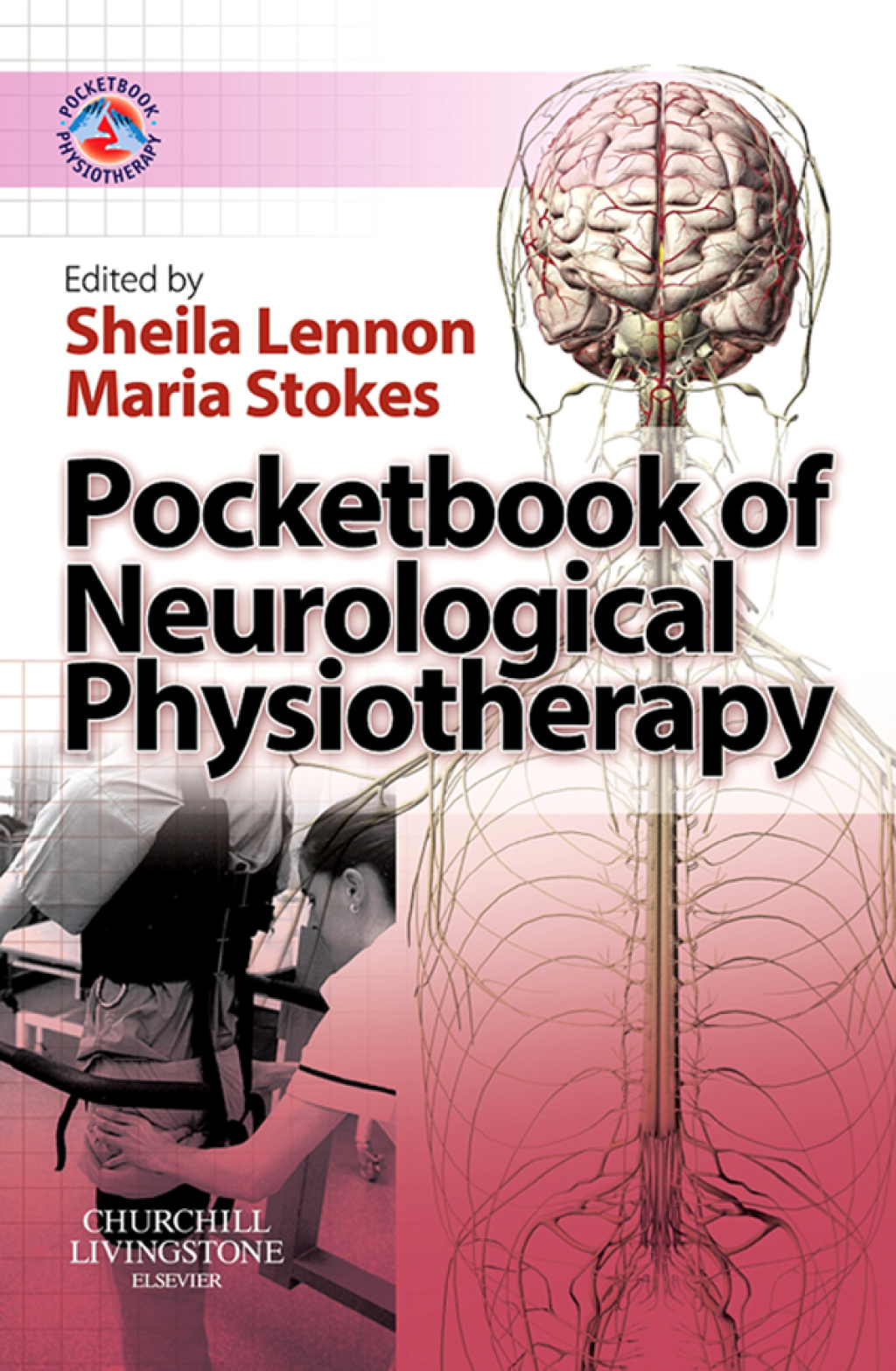The utilization of light to activate molecules holds vast potential, spanning various applications such as phototherapy for medical treatments and catalyzing synthetic processes in chemical reactions. Research has progressed quickly (mechanisms and applications) in recent years, and this book is an interesting read for an academic and industrial audience who are concerned with various ways of interaction of light and (bio)matter. Chapter 1 describes the fundamental concepts of (pho)oxidation reaction including its mechanisms and potential applications/perspectives in medicine. Chapter 2 presents the concept of photodynamic action for environmental purposes. Some of these approaches are discussed in this chapter, with a special focus on vector control (mostly targeting Ae. aegypti) and water treatment (aimed at disinfection). Chapter 3 describes theranostic compounds which combine therapy with diagnosis and the photothermia phenomenon by association of reactions promoted by reactive oxygen species with an increase in local production of thermal energy (heat). This chapter will deal with all these aspects that have raised the category of photodynamic therapy, with greater efficiency, acceptance, and lower costs. Chapter 4 summarizes the biological applications of carbon nanomaterials and their most recent developments in diagnosis and treatment, discusses current limitations and obstacles that hinder the translation from research to clinical use, and provides suggestions for more efficient adoption of carbon nanomaterials in cancer therapy. Chapter 5 summarizes experimental evidence of light-activation of LPMOs, recapitulates the photo-pigments which can be used to drive these reactions and discusses existing challenges in the application of LPMO photoactivation-based processes.
Light-Dependent Reactions: Fundamentals and Their Catalytic and Medical Applications
Author(s): Frank Columbus
Publisher: Nova
ISBN: 9798891139794
Edition:
$39,99
Delivery: This can be downloaded Immediately after purchasing.
Version: Only PDF Version.
Compatible Devices: Can be read on any device (Kindle, NOOK, Android/IOS devices, Windows, MAC)
Quality: High Quality. No missing contents. Printable
Recommended Software: Check here

